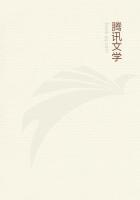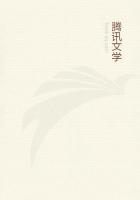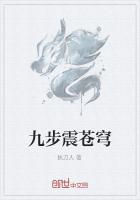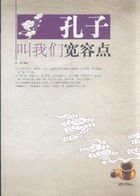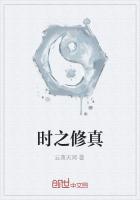Fumigable bodies are inflammable when earth predominates in them and they are consequently such as to be unable to melt. These are inflammable because they are dry like fire. When this dry comes to be hot there is fire. This is why flame is burning smoke or dry exhalation. The fumes of wood are smoke, those of wax and frankincense and such-like, and pitch and whatever contains pitch or such-like are sooty smoke, while the fumes of oil and oily substances are a greasy steam; so are those of all substances which are not at all combustible by themselves because there is too little of the dry in them (the dry being the means by which the transition to fire is effected), but burn very readily in conjunction with something else.
(For the fat is just the conjunction of the oily with the dry.) So those bodies that give off fumes, like oil and pitch, belong rather to the moist, but those that burn to the dry.
10
Homogeneous bodies differ to touch-by these affections and differences, as we have said. They also differ in respect of their smell, taste, and colour.
By homogeneous bodies I mean, for instance, 'metals', gold, copper, silver, tin, iron, stone, and everything else of this kind and the bodies that are extracted from them; also the substances found in animals and plants, for instance, flesh, bones, sinew, skin, viscera, hair, fibres, veins (these are the elements of which the non-homogeneous bodies like the face, a hand, a foot, and everything of that kind are made up), and in plants, wood, bark, leaves, roots, and the rest like them.
The homogeneous bodies, it is true, are constituted by a different cause, but the matter of which they are composed is the dry and the moist, that is, water and earth (for these bodies exhibit those qualities most clearly). The agents are the hot and the cold, for they constitute and make concrete the homogeneous bodies out of earth and water as matter. Let us consider, then, which of the homogeneous bodies are made of earth and which of water, and which of both.
Of organized bodies some are liquid, some soft, some hard. The soft and the hard are constituted by a process of solidification, as we have already explained.
Those liquids that go off in vapour are made of water, those that do not are either of the nature of earth, or a mixture either of earth and water, like milk, or of earth and air, like wood, or of water and air, like oil. Those liquids which are thickened by heat are a mixture. (Wine is a liquid which raises a difficulty: for it is both liable to evaporation and it also thickens; for instance new wine does. The reason is that the word 'wine' is ambiguous and different 'wines' behave in different ways. New wine is more earthy than old, and for this reason it is more apt to be thickened by heat and less apt to be congealed by cold. For it contains much heat and a great proportion of earth, as in Arcadia, where it is so dried up in its skins by the smoke that you scrape it to drink. If all wine has some sediment in it then it will belong to earth or to water according to the quantity of the sediment it possesses.) The liquids that are thickened by cold are of the nature of earth; those that are thickened either by heat or by cold consist of more than one element, like oil and honey, and 'sweet wine'.
Of solid bodies those that have been solidified by cold are of water, e.g. ice, snow, hail, hoar-frost. Those solidified by heat are of earth, e.g. pottery, cheese, natron, salt. Some bodies are solidified by both heat and cold. Of this kind are those solidified by refrigeration, that is by the privation both of heat and of the moisture which departs with the heat. For salt and the bodies that are purely of earth solidify by the privation of moisture only, ice by that of heat only, these bodies by that of both. So both the active qualities and both kinds of matter were involved in the process. Of these bodies those from which all the moisture has gone are all of them of earth, like pottery or amber. (For amber, also, and the bodies called 'tears' are formed by refrigeration, like myrrh, frankincense, gum. Amber, too, appears to belong to this class of things: the animals enclosed in it show that it is formed by solidification. The heat is driven out of it by the cold of the river and causes the moisture to evaporate with it, as in the case of honey when it has been heated and is immersed in water.) Some of these bodies cannot be melted or softened; for instance, amber and certain stones, e.g. the stalactites in caves. (For these stalactites, too, are formed in the same way: the agent is not fire, but cold which drives out the heat, which, as it leaves the body, draws out the moisture with it: in the other class of bodies the agent is external fire.) In those from which the moisture has not wholly gone earth still preponderates, but they admit of softening by heat, e.g. iron and horn.
Now since we must include among 'meltables' those bodies which are melted by fire, these contain some water: indeed some of them, like wax, are common to earth and water alike. But those that are melted by water are of earth. Those that are not melted either by fire or water are of earth, or of earth and water.
Since, then, all bodies are either liquid or solid, and since the things that display the affections we have enumerated belong to these two classes and there is nothing intermediate, it follows that we have given a complete account of the criteria for distinguishing whether a body consists of earth or of water or of more elements than one, and whether fire was the agent in its formation, or cold, or both.
Gold, then, and silver and copper and tin and lead and glass and many nameless stone are of water: for they are all melted by heat.


